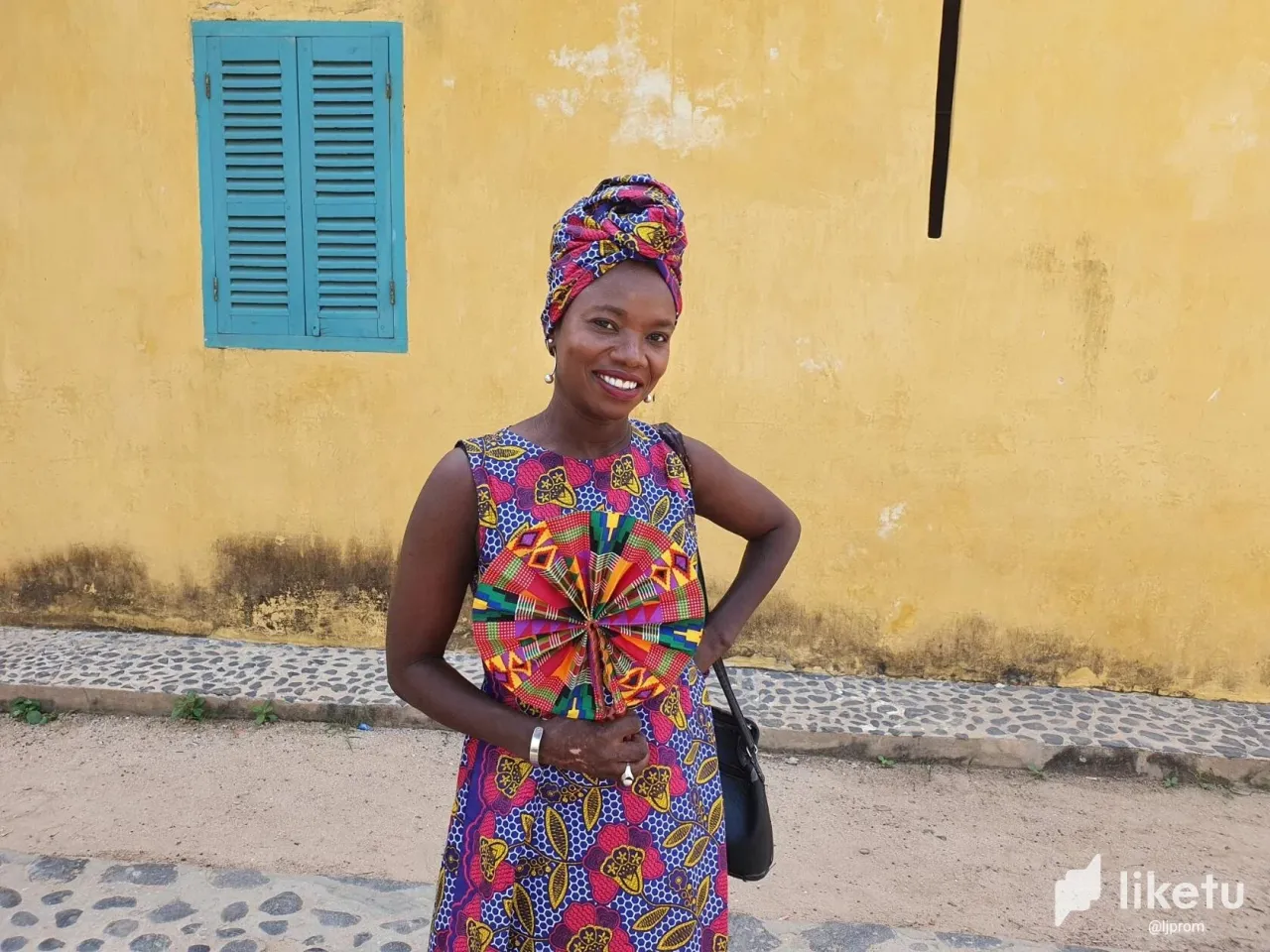
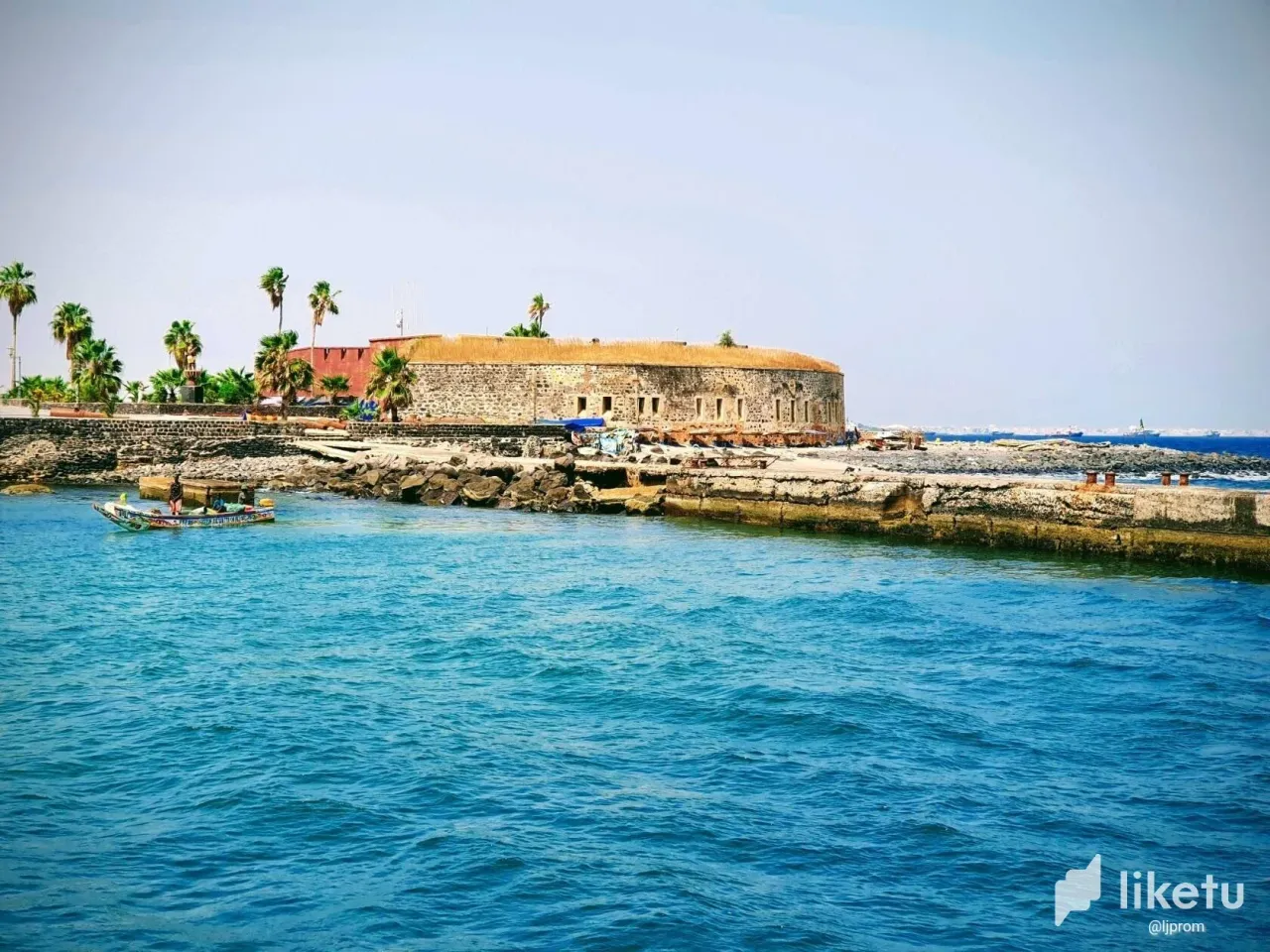
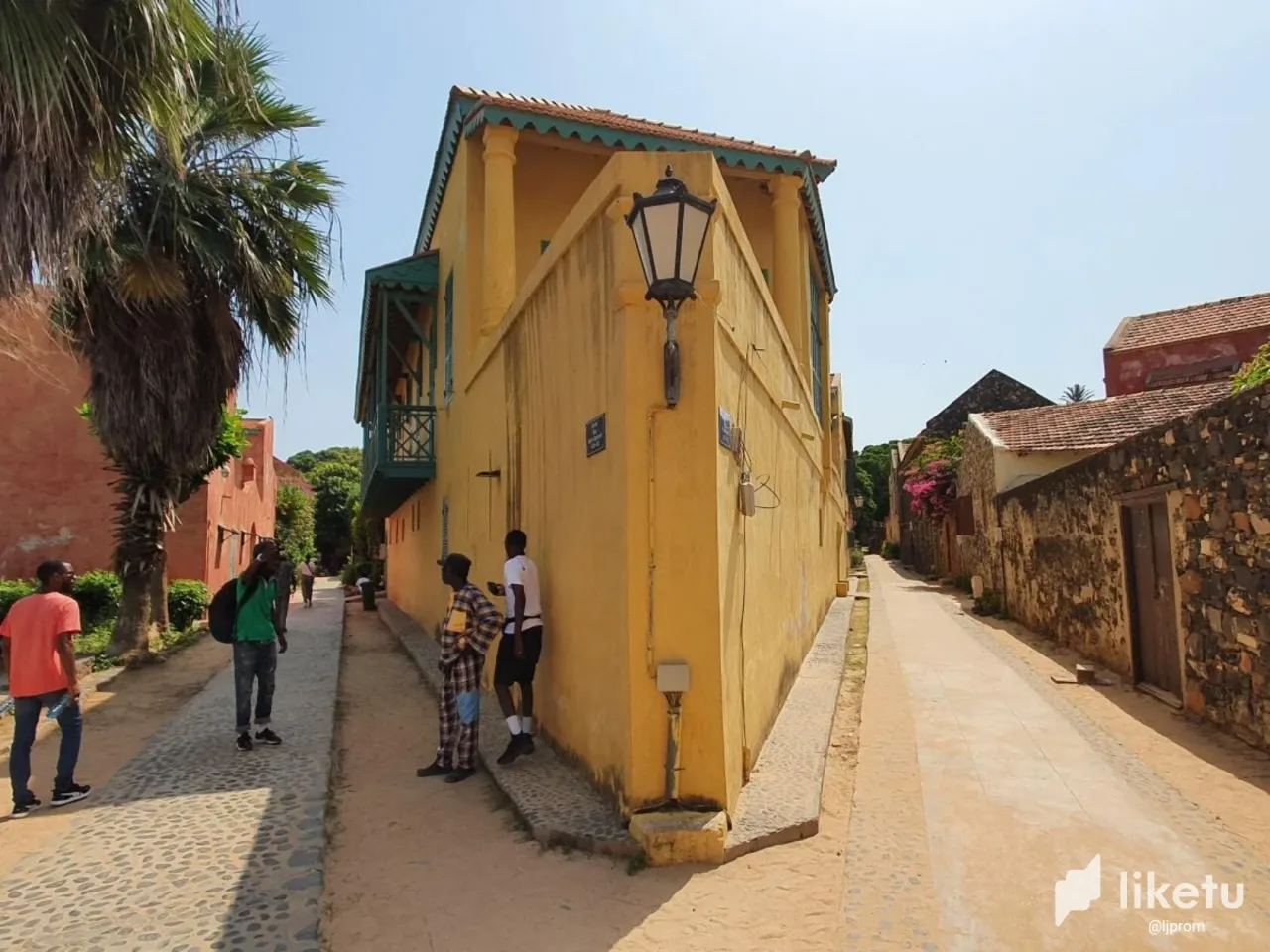
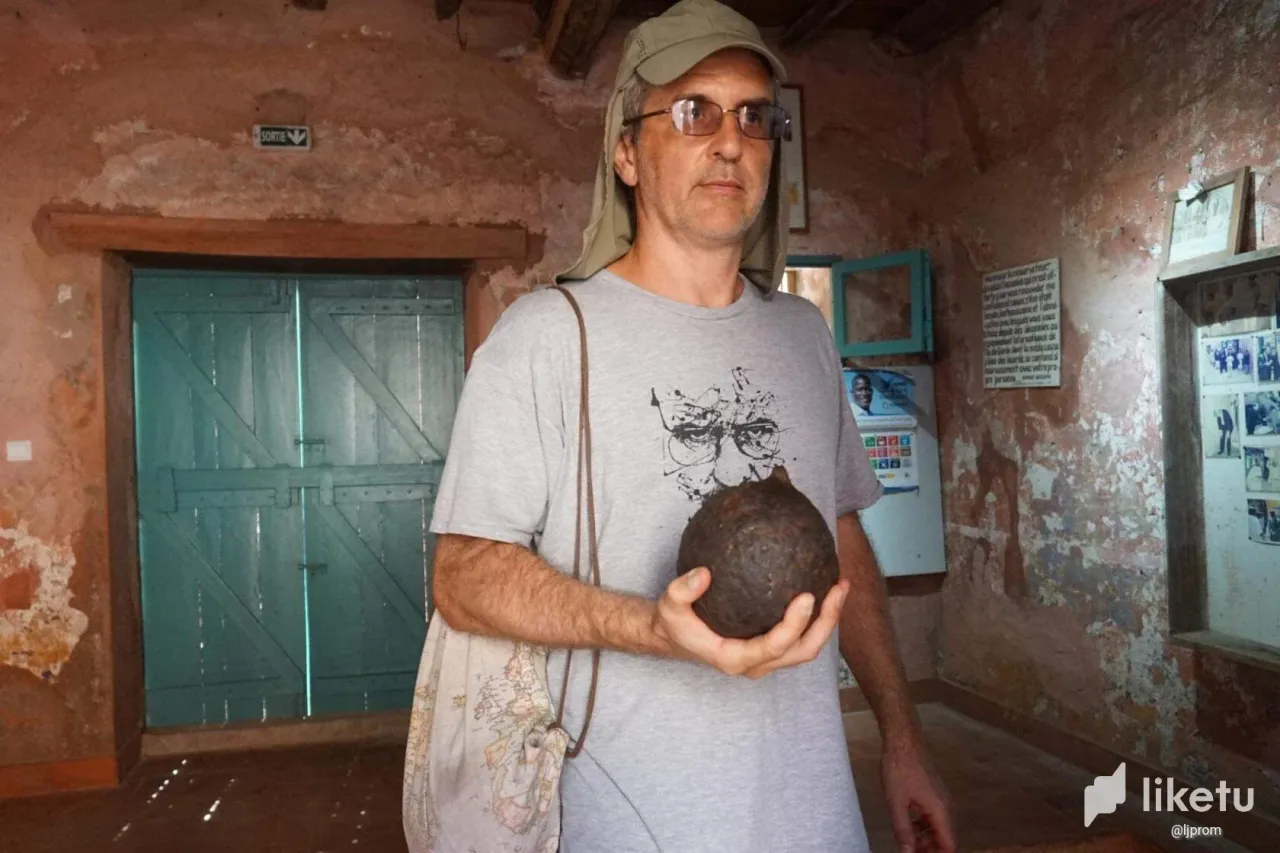
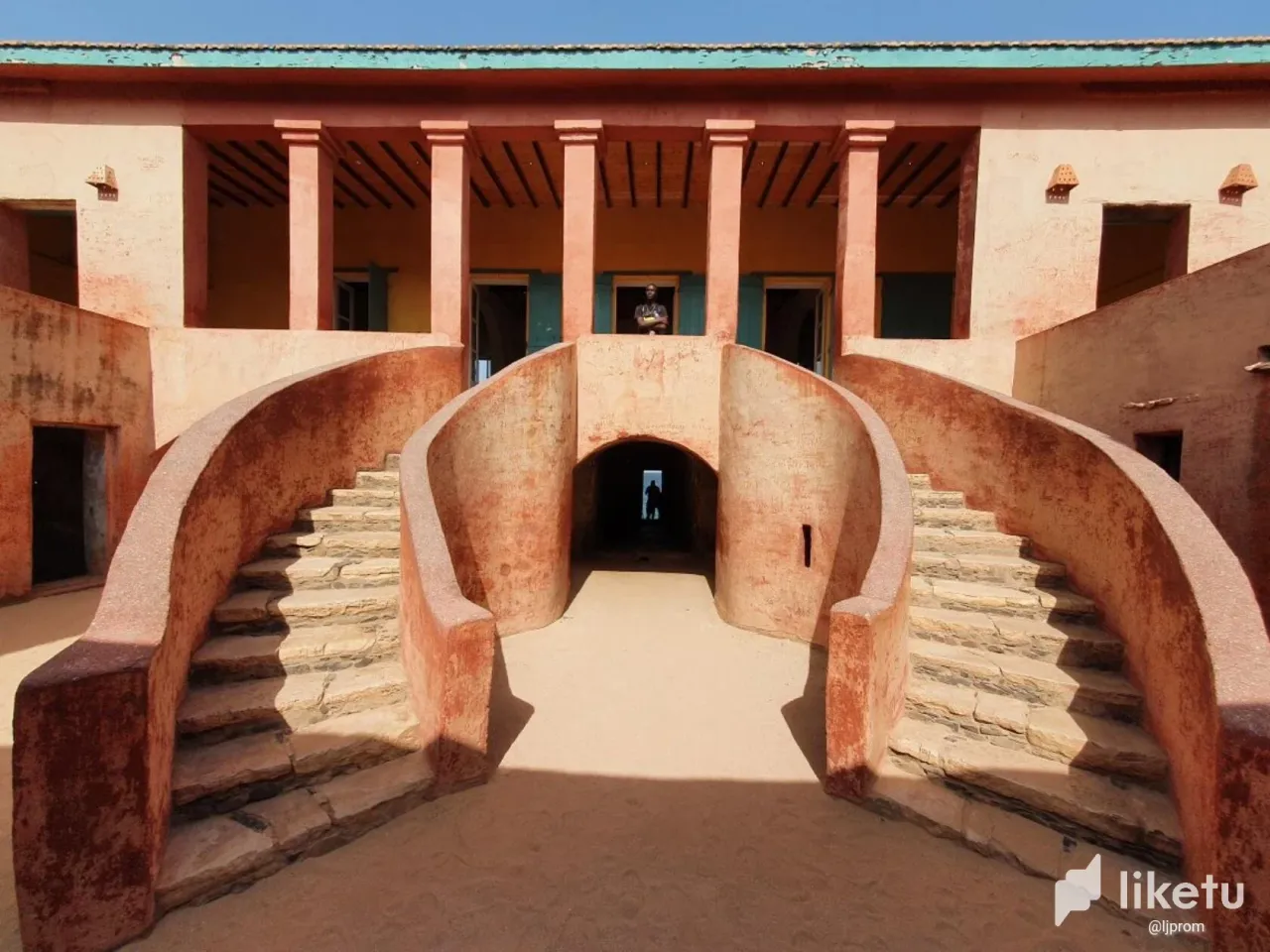
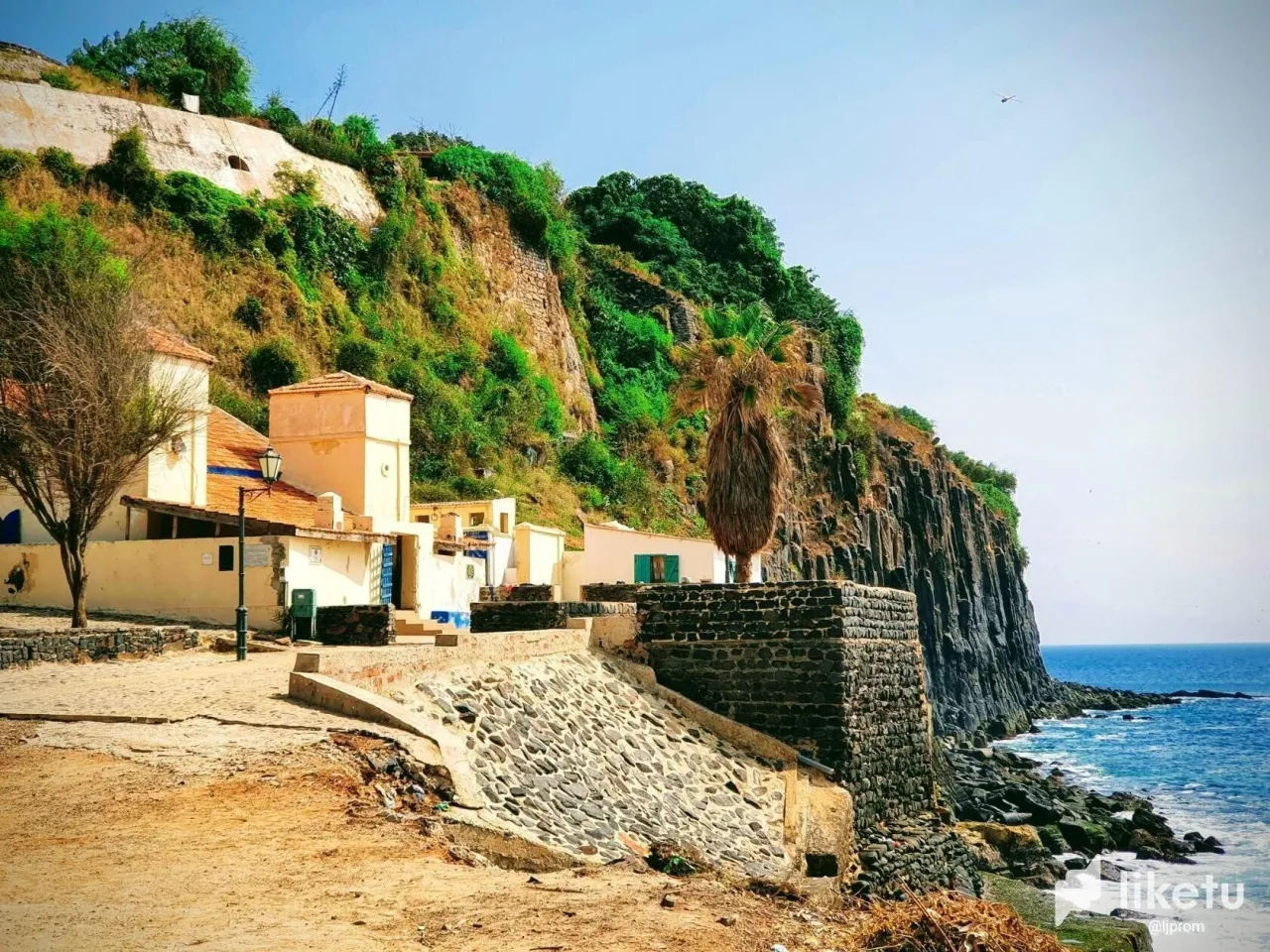
Wherever you put the accent in the name of the island, everything will be correct. A lot of grief and death saw an island near Dakar several centuries ago. But now, compared with the capital on the island, you feel comfortable and free. Quiet music, a small beach with clear water, nice houses of slave traders, natives in elegant dresses. And each will come to you on the ferry to say: "I'm Nina. My shop is next to the church. Don't forget me!" Isn't that how you imagined Senegal?
Quote from the UNESCO website: "Gore Island is located off the coast of Senegal, opposite Dakar. In the 15th-19th centuries, it was the largest center of the slave trade on the African coast, under the rule of the Portuguese, Dutch, British and French who succeeded each other. Its architecture is characterized by a contrast between the gloomy slave quarters and the elegant homes of the slave traders.Today, the island continues to serve as a reminder of the exploitation of man and, at the same time, a symbol of reconciliation."